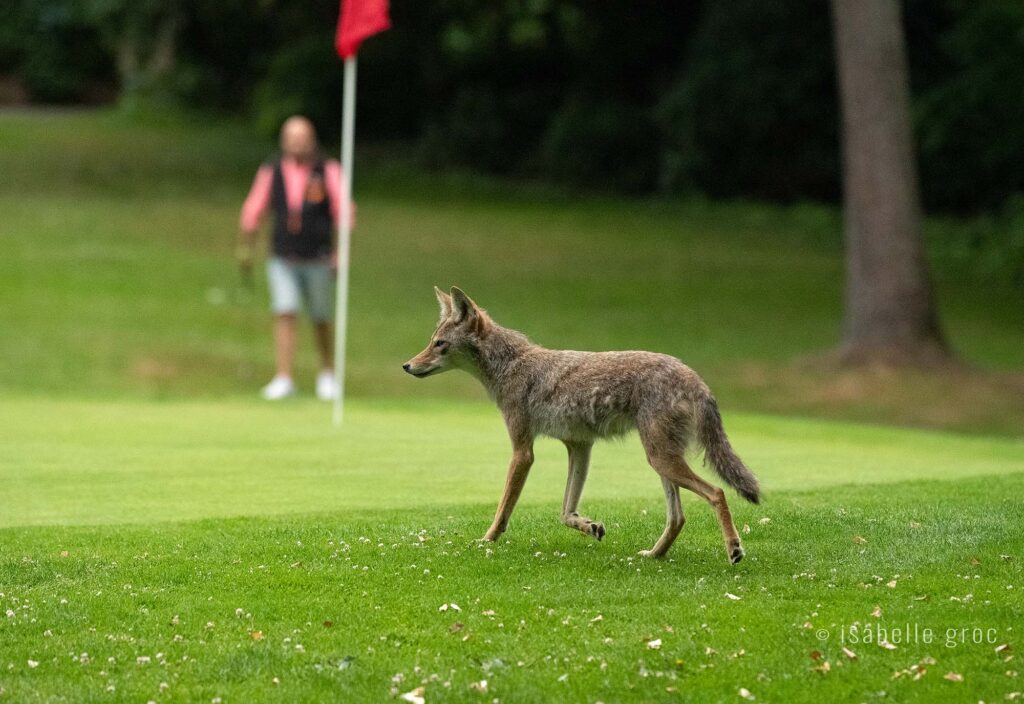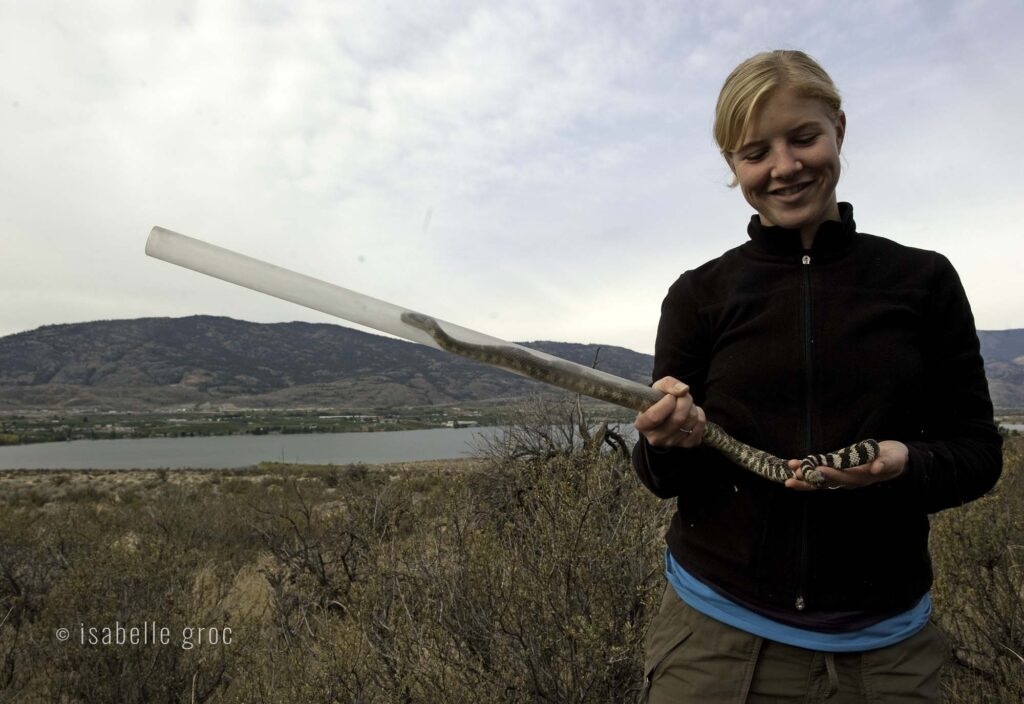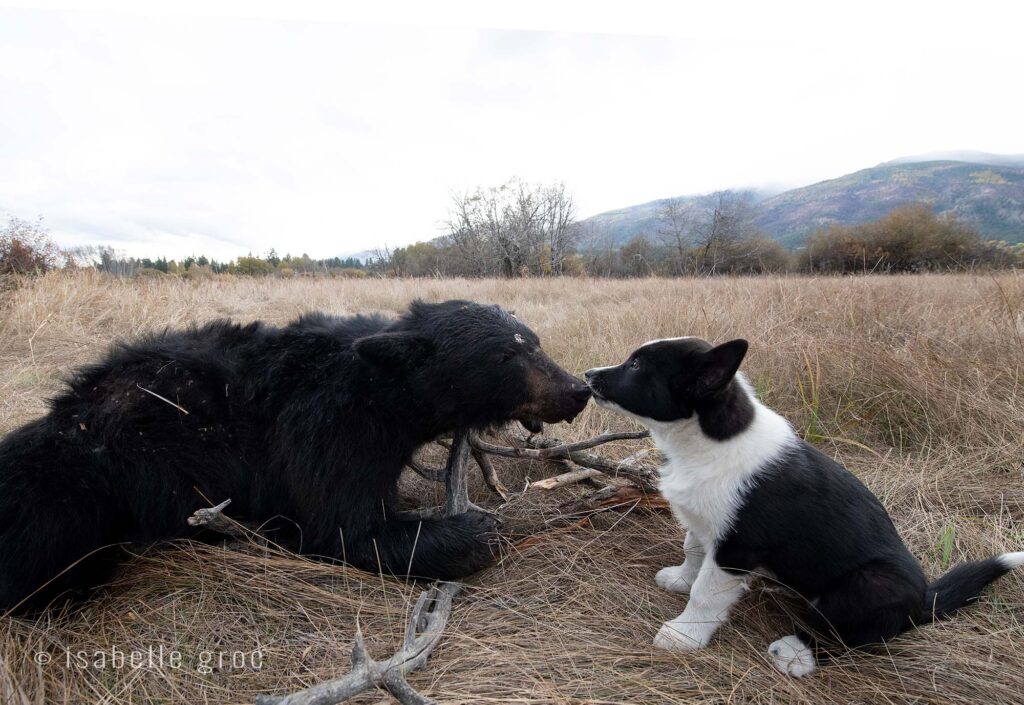HUMAN-WILDLIFE COEXISTENCE
Through her writing, photography, and films, Isabelle explores the complex relationships between people and the natural world.
Isabelle has worked on different aspects of human-wildlife coexistence on land and water. For example, she has explored the dimensions and impacts of wildlife feeding and she has collaborated with conservation groups such as Sea Otter Savvy to promote responsible wildlife photography to reduce human disturbance to sea otters.
She has also directed and written a short film about how urban development displaces the threatened western rattlesnakes in the Okanagan region of British Columbia, impacting their growth and reproduction, and she has written and directed several short films exploring how farmers can coexist with wildlife.
Her latest book, Conservation Canines: How Dogs Work for the Environment discusses how livestock guardian dogs can help reduce human-wildlife conflict. For example, in Namibia, Anatolian shepherd dogs protect farmers’ livestock against cheetah attacks, and in Portugal, guardian canines are placed with farmers in the mountainous regions in the north and center of the country to protect livestock from wolf attacks. Ultimately, the famers are less likely to kill these predators that have an important role in the local ecosystem. The book also tells the story of how Karelian bear dogs are helping scare away black bears that get too close to people in the United States and contribute to saving their lives.
Contact Isabelle to explore collaborations on this topic.




